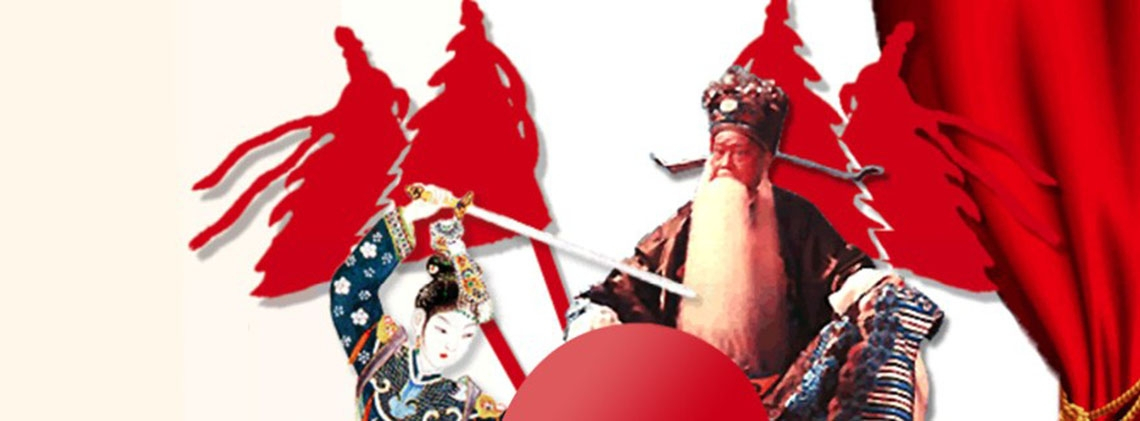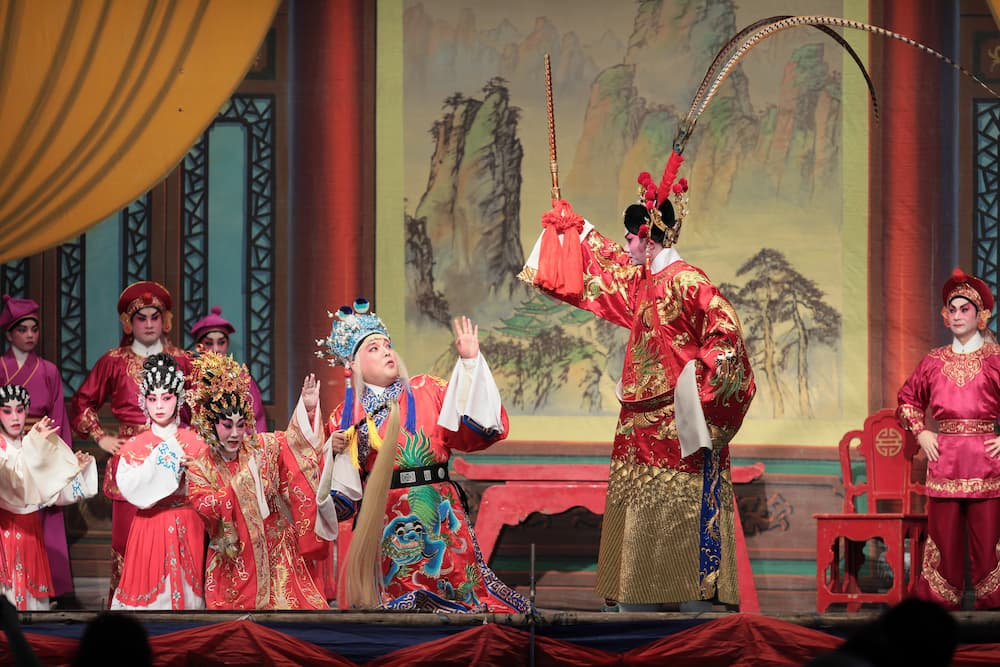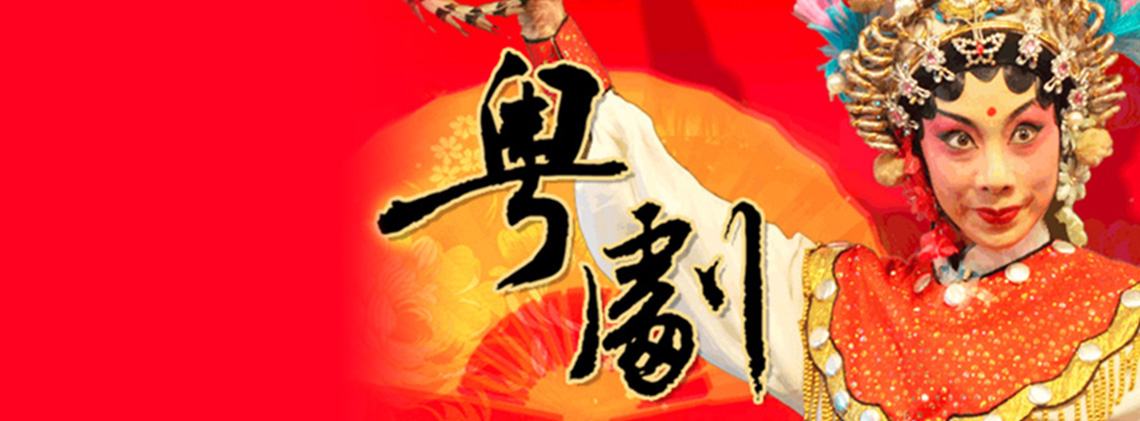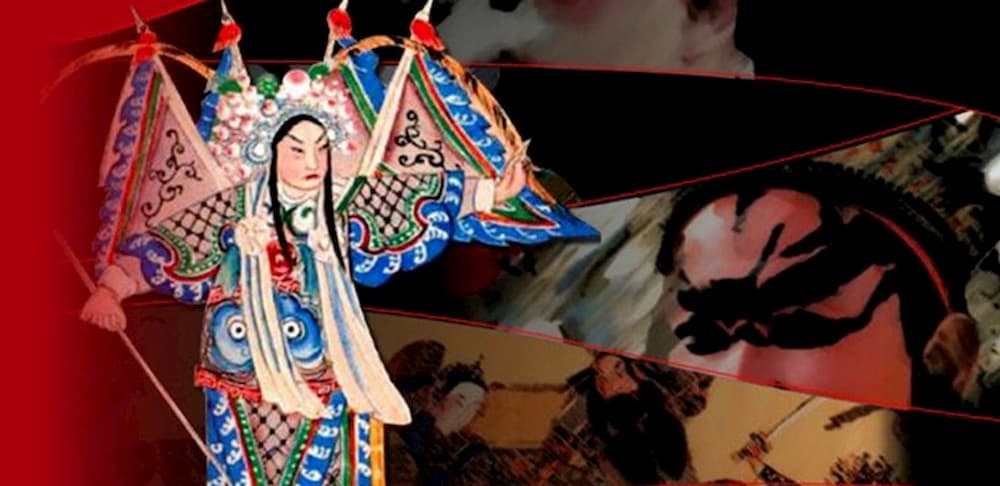
Peking Opera
Splendid
Chi Culture
Topic
Peking Opera
Peking opera with its profound and wide-ranging repertoire was inscribed by the United Nations Educational, Scientific and Cultural Organization on the List of the Intangible Cultural Heritage of Humanity in 2010.
Peking opera took shape through many complex fusions and changes. It originated in the late Kangxi era (1662–1722) of the Qing dynasty when huabu (or luantan, Chinese opera melodies other than Kunshan and Yiyang melodies) began to flourish. Anhui theatrical troupes were the nursery of Peking opera. Peking opera has gone through many changes since theatrical troupes from Anhui entered the capital. Anhui opera did not transform overnight; it is generally believed that the change to Peking opera took forty to fifty years and required four mergers: first was the merger of Anhui and Shaanxi operas, the Anhui and Hubei operas, next came the merger of Anhui, Hubei, and old Peking regional operas, and finally the “Former Three Outstanding Opera Masters”: Cheng Changgeng (Anhui), Yu Sansheng (Hubei), and Zhang Erkui (Peking).
Many schools of Peking opera and performance developed. Sheng roles (male character) are represented by the “Former Three Outstanding Opera Masters”: the Cheng, Yu, and Zhang schools. The “Latter Three Outstanding Opera Masters” were represented by the Tan, Wang, and Sun schools. The xusheng roles (middle-aged or older beaded males) are represented by the “Former Four Great Xusheng”: the Yu, Yan, Gao, and Ma schools; the “Latter Four Great Xusheng” are represented by the Ma, Tan, Yang, and Xi schools. The martial roles, wusheng, are represented by the Yu, Yang, Shang, and Gai schools. Female roles, known as dan, are represented by the Mei, Shang, Cheng, Xun, and Xiao schools. Jing roles, (characters with heavily painted faces) are represented by the Jin, Hao, and Hou schools. Handsome, young male characters, known as xiaosheng, are represented by the Xu and Zhu schools. Wudan roles are female characters with martial skills and are represented by Zhu Wenying, Yan Lanqiu, and Song Dezhu. Old woman roles, laodan, are represented by Gong Yunfu, Li Duokui, and others. There are various schools of wen chou and wu chou roles (these are civilian clowns and warrior clowns, respectively) represented by Liu Gansan, Xiao Changhua, Wang Changlin, and Ye Shengzhang. In terms of inheritance and development, these roles have provided invaluable experience for modern day Peking opera.
Actors perform roles that are important aesthetic embodiments. Peking opera developed from Anhui theatrical troupes and their nine roles: mo (middle-aged man), sheng (generic male character), xiaosheng (handsome yang man, usually a scholar), wai (elderly man), dan (female character), tie (secondary female character), fu (elderly woman), jing (a male role performed with heavy face painting), and chou (a clown). In Hubei theatrical troupes, there are the nine roles mentioned above plus an additional one, za (a miscellaneous character). Keeping in mind the roles found in Anhui and Hubei theatrical troupes, Peking opera came up with ten roles: sheng, dan, jing, mo, chou, fu (a character with heavy face painting skilled in specific movements and postures), wai, wu, za, and liu (a walk-on role). Eventually, after several transformations, the roles of Peking opera were reduced to four: sheng, dan, jing, and chou. Each role was further divided into several subdivisions.
The stage art of Peking opera is wide-ranging and the performers present all manner of beautiful images. In addition to the performances of the main characters supported by the civil and military roles, Peking opera is also a showcase of stage craft: costumes, props, face-painting, lighting, and sound. Whether on stage or behind, there are certain artistic rules and regulations that govern the performance of Peking opera.
Peking opera is built upon the so-called “four skills and five methods.” “Four skills” refer to the basic skills of singing, recitation, acting, and acrobatic fighting. In terms of the “five methods,” there are two different lists: one refers to hand gestures, eye expressions, posture, coordinated movements, and the performer’s gait; the other list of five refers to speech, hand gestures, eye expressions, posture, and gait. The “four skills” and “five methods” are closely related. For example, the art of singing requires the coordination of hand gestures, eye expressions, posture, and gait—each one is indispensable.
Like other operas, Peking opera is comprehensive and integrates literature, music, performance, art, and dance. Music, among all the other integral elements of the opera, plays a prominent role. It consists of four elements: singing, stage speech, prescribed tunes, and percussion.
The Peking opera repertoire is historical, coherent, and systematic. It is the heir to many repertoires: kunqu, Beijing (pre-Peking opera), Anhui, Hubei, Shaanxi, liuzhi (willow branch), luoluo (Shanxi) operas and bangzi-clapper accompaniment. Rich in content, Peking opera reflects the complexity of social life from an omnidirectional, and multi-angled perspective. It resembles a three-dimensional and historical imagery of China.







